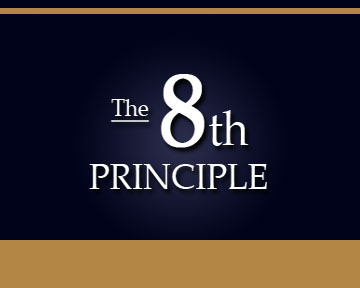In last week’s post, Universal Design: The 8th Principle, Part I, I departed from the more frequent discussions about how we physically “fit” in our environments and looked at the emotional landscape we have as a result of being perceived and judged as fitting in or not. Here is Part II:
Judgments form the foundation of our daily decision making, and are informed and adjusted by the present situation. Driving a car is a useful example: you learn the skills needed to drive, yet every road is different and requires immediate judgments for the situation at hand. Judgments are also received without question by us from our parents and the cultures we live in. One example is height.
Our judgments of height subtly tell us that tall is better, tall is more powerful, and tall is more authoritative. Shorter political candidates struggle with this perception and constantly seek adaptations to equalize the influence of height over voter perception. Herein lies the essence of an eighth principle, can we build in a way that reduces or eliminates those judgments? Can our environments and products allow us to appear more equal to others, reducing or eliminating biased perceptions, than the way we presently design them?
In December, 2008 President elect Barak Obama announced members chosen to be on his green team. I watched the press conference and saw something unusual as a result of a rare camera angle. When it was Nancy Sutley’s turn at the podium, the camera shot switched from the rear of the room to the side of the stage. Ms. Sutley is quite short. I watched as President Elect Obama moved forward and using his foot, nudged a stepping stool into position for her. The gesture was personal; they shared a glance that was endearing and which acknowledged the caring forethought. Seen from the camera at the back of the room, one saw nothing other than one person turning over the podium to another.
With these extra inches to stand on, she presented her speech in no way marginalized by her shorter physical stature. Without these extra inches, she would barely peer over the podium, or, would have stood to its side, an action that would have unfairly singled her out from the other speakers and induced judgments base solely on physical stature.
By recognizing that it is in our nature to be judgmental and that environment influences the judgments we make at every moment, I assert that in addition to the seven principles that equalize the mechanics of a physical environment, we can add a principle that calls attention to the emotional ones.
Here would be principle eight:
8. Principle Eight: Perception of Equality –
The design minimizes the possibility of an individual being perceived as unequal.
Konrad Kaletsch
Universal Design Resource
Universal Design Network at Facebook and LinkedIn
Take the 10-question survey!

